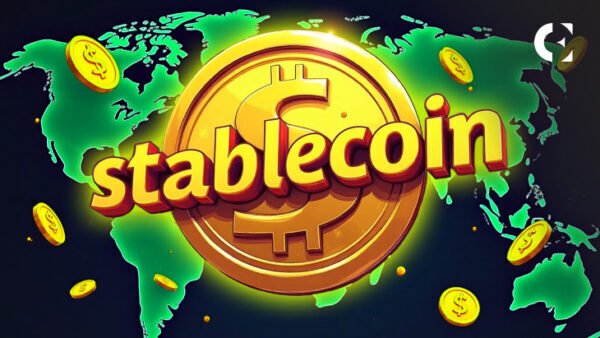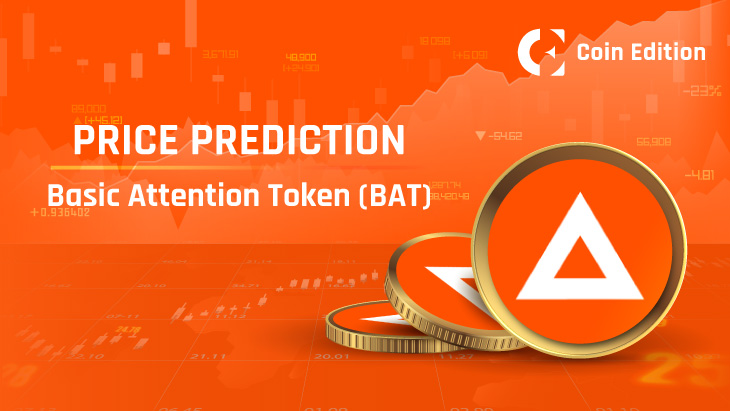- Ten global banks form a consortium to design G7-pegged stablecoins for cross-border payments.
- The project aims to make global settlements faster, cheaper, and fully compliant.
- The move challenges Tether’s control of the $310 billion stablecoin market.
A consortium of major global banks has announced plans to collaborate on a blockchain-based stablecoin project pegged to major G7 currencies.
The initiative, still in its early phase, involves Bank of America, Goldman Sachs, Deutsche Bank, BNP Paribas, Santander, Barclays, TD Bank, MUFG, UBS, and Citi. The group aims to create a digital asset system that blends traditional finance stability with blockchain’s efficiency and transparency.
Aim to Modernize Cross-Border Payments
According to Reuters report, the banks intend to explore stablecoins backed 1:1 by fiat currencies such as the US dollar, euro, and yen. Their goal is to create an interoperable financial framework that simplifies international settlements and reduces the costs of cross-border transactions. Consequently, the project could help global institutions avoid heavy reliance on existing dollar-based clearing systems.
Related: Standard Chartered Rolls Out Bitcoin and Ether Spot Trading for Institutional Clients
Besides, the proposed model could introduce faster settlement times and greater transparency for large-value transactions. By using public blockchains, the banks seek to maintain full auditability while ensuring compliance with global regulatory standards. The idea aligns with growing efforts across the banking sector to modernize digital infrastructure and integrate blockchain into regulated markets.
Compliance First, Innovation Next
The consortium stressed that any system it builds will follow strict financial and risk controls. This approach could help banks navigate ongoing global scrutiny surrounding digital assets. Moreover, it reflects a shift among financial institutions toward experimenting with blockchain under clear compliance frameworks rather than competing with decentralized cryptocurrencies.
The timing also coincides with renewed institutional interest in blockchain, following U.S. President Donald Trump’s recent endorsement of the crypto industry. This political backing has rekindled discussions among banks on how to safely integrate digital assets into traditional finance.
Significantly, the new collaboration could foster competition against established stablecoin providers such as Tether, which currently controls over half of the $310 billion market.
What Comes Next
While the consortium’s project remains exploratory, similar efforts are gaining traction across Europe and Asia. A separate alliance of nine European banks, including ING and UniCredit, is already developing a euro-backed stablecoin.
Earlier this year, France’s Societe Generale became the first major bank to launch a dollar-pegged token through its digital asset arm, though adoption has been limited.
Related: DeFi vs Traditional Banks: The Battle for the Global Economy with Zero Entry Costs
Disclaimer: The information presented in this article is for informational and educational purposes only. The article does not constitute financial advice or advice of any kind. Coin Edition is not responsible for any losses incurred as a result of the utilization of content, products, or services mentioned. Readers are advised to exercise caution before taking any action related to the company.







